release time:2025-01-08 13:37:16
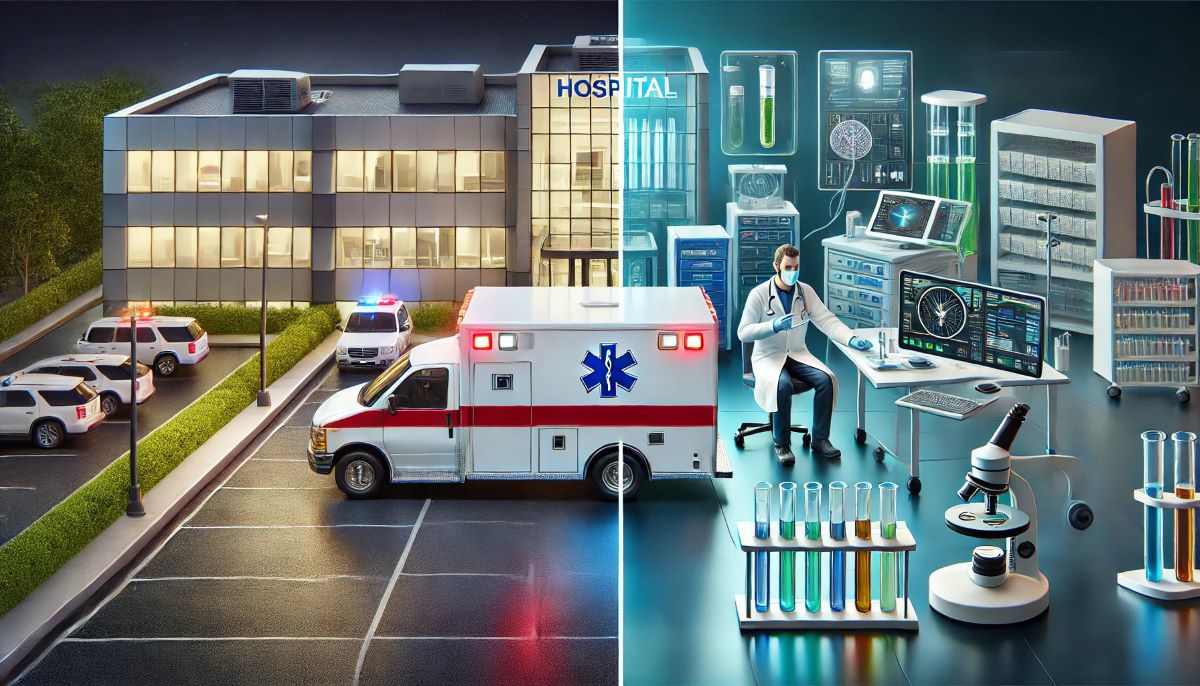
As healthcare systems evolve, hospitals face increasing pressure to deliver rapid and accurate diagnostic results. In 2025, the demand for efficient testing workflows is higher than ever. Traditional centralized laboratory models often struggle to meet this need due to delays in processing and reporting. This is where Point-of-Care Testing (POCT) analyzers come in, offering decentralized and immediate testing solutions that transform patient care.
Hospitals today encounter several obstacles in diagnostic testing:
Delays in centralized labs: Transportation and processing times can delay critical decisions.
Resource constraints: Limited staff and infrastructure make it hard to handle peak testing demands.
Demand for speed: Emergency and critical care units require faster turnaround times to improve outcomes.
Decentralized Testing:
POCT analyzers allow hospitals to conduct tests directly at the bedside or near the patient, eliminating the need to transport samples to a central lab. This results in faster clinical decisions and streamlined workflows.
Ease of Use:
With user-friendly interfaces and minimal training requirements, POCT devices empower healthcare professionals to operate them efficiently, even in high-pressure situations.
Improved Patient Care:
Faster results mean reduced wait times for diagnosis and treatment, enhancing both patient satisfaction and outcomes.
Automation and High Throughput:
The Seamaty SD3 Fully Automated Dry Chemistry Analyzer simplifies testing with a 4-step operation. It delivers results in just 9-12 minutes for three samples and processes up to 18 samples per hour, making it ideal for high-demand scenarios.
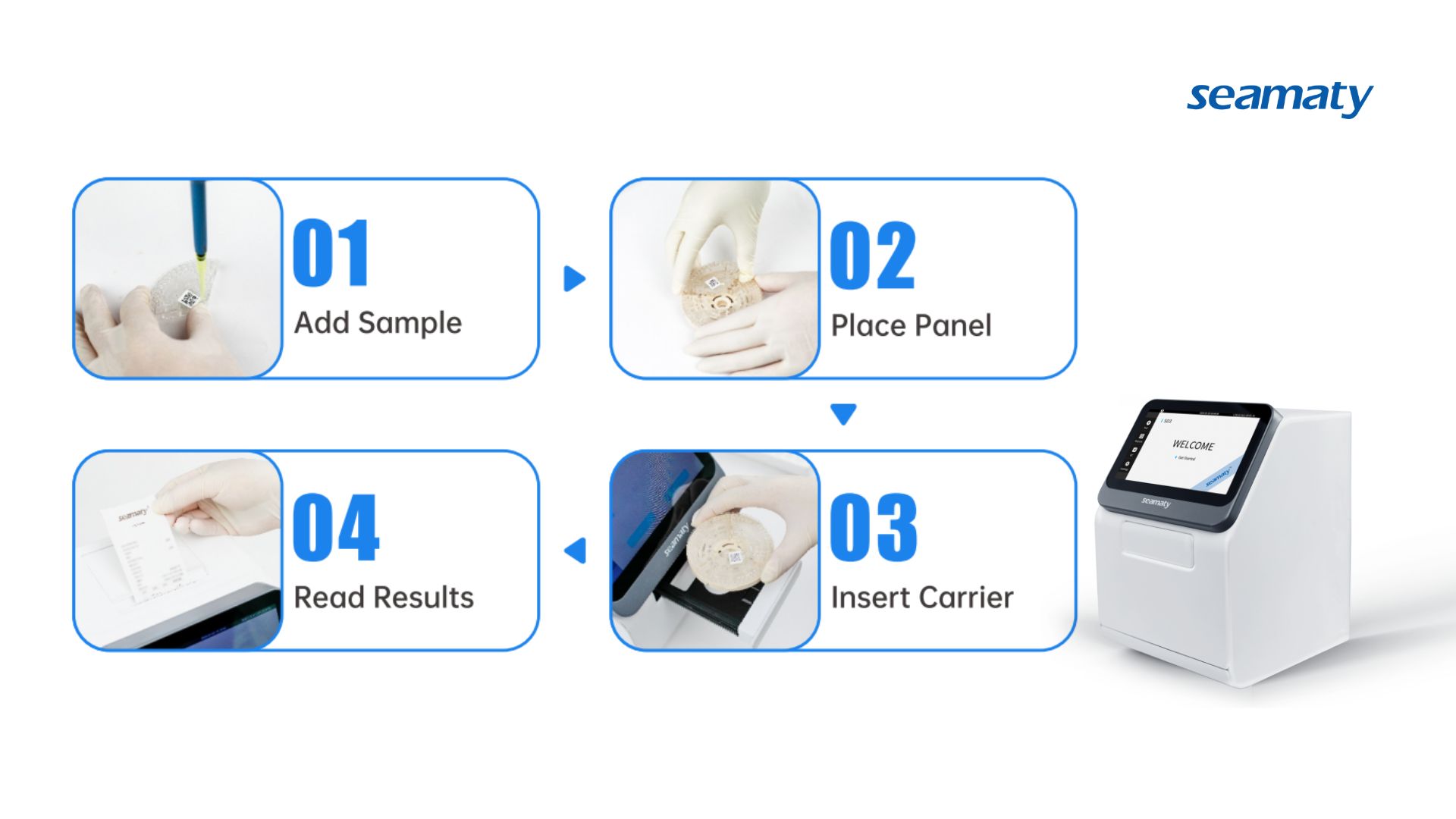
Portability and Rapid Turnaround:
The Seamaty SG1 Blood Gas & Electrolyte Analyzer is a lightweight and portable device designed for bedside testing. It provides critical results in just 4–12 minutes, ensuring timely interventions.
Affordability and Specificity:
For facilities focused solely on electrolyte testing, the Seamaty SE1 Electrolyte Analyzer offers a cost-effective solution. It shares the portability and ease of use of the SG1 but is tailored for specialized needs.
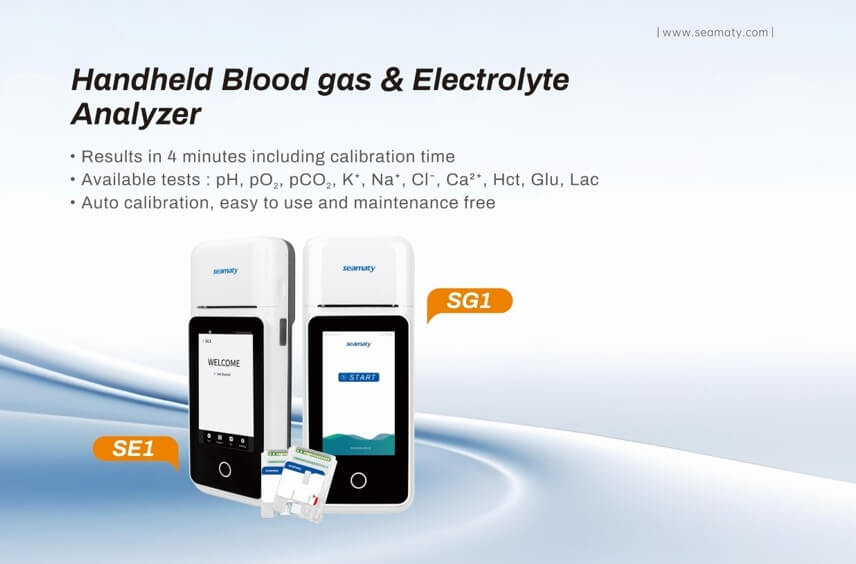
High Accuracy and Reliability:
The SMT-50 Auto Hematology Analyzer combines advanced algorithms and hardware to deliver precise results. Its low reagent and sample consumption make it an economical choice for hospitals.
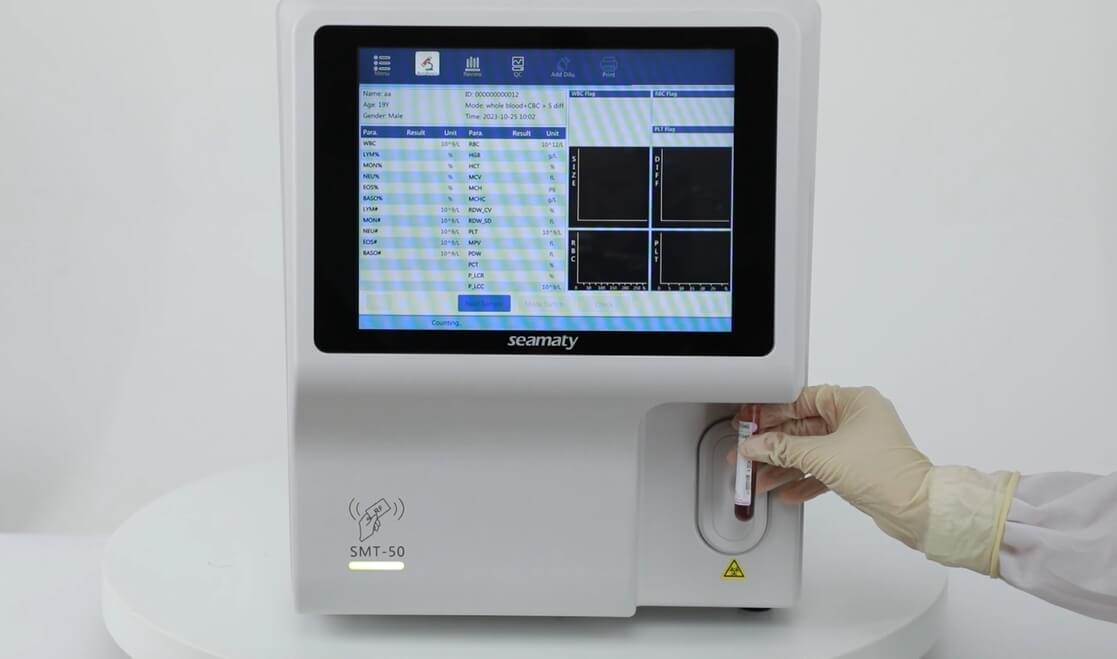
Emergency Departments:
POCT devices enable immediate diagnosis of critical conditions, saving lives during emergencies.
ICU and Critical Care Units:
Real-time results allow for prompt adjustments to patient care plans in dynamic environments.
Rural and Remote Hospitals:
Portable analyzers address geographical challenges, bringing advanced testing capabilities to underserved areas.
Specialized Clinics and Labs:
POCT analyzers streamline workflows in clinics that handle specific diagnostic needs.
Assess Testing Needs:
Determine the parameters most critical to your hospital’s workflows.
Consider Workflow Integration:
Opt for devices that seamlessly integrate with existing systems and processes.
Budget and Cost Efficiency:
Evaluate the initial investment against long-term operational savings.
Seamaty is at the forefront of POCT technology, providing innovative and reliable solutions tailored to diverse hospital needs.
By focusing on user-friendly designs, automation, and accuracy, Seamaty helps hospitals worldwide enhance testing efficiency and patient care.
POCT analyzers are transforming hospital diagnostic workflows by decentralizing testing, speeding up results, and improving patient outcomes. As we enter 2025, adopting advanced POCT solutions is critical for hospitals looking to meet growing healthcare demands. With Seamaty’s innovative analyzers, your hospital can achieve greater efficiency and deliver better care.
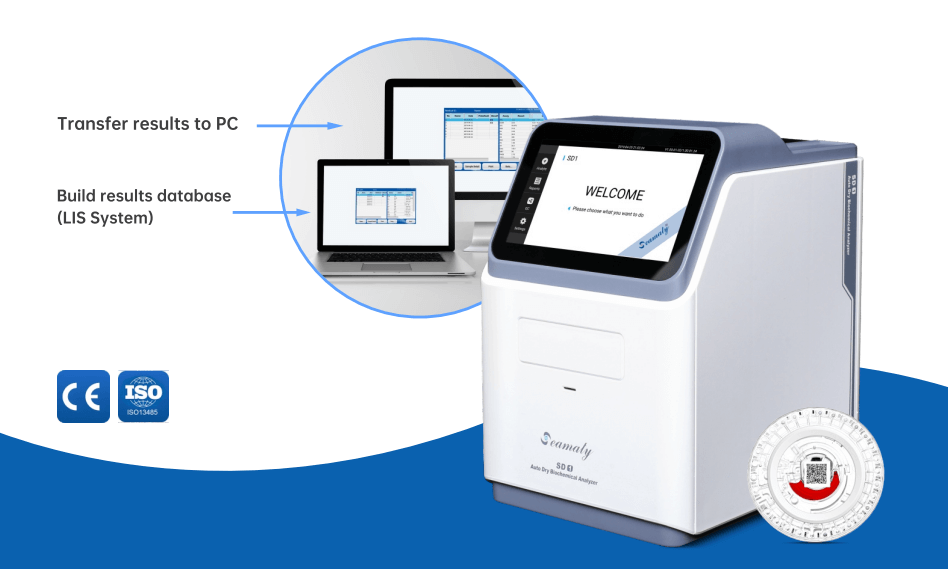
2023-05-30
Discover what is dry chemistry analyzer and its advantages. And how the Seamaty SD1 dry chemistry analyzer revolutionizes point-of-care testing. Enhance workflow efficiency, improve patient care, and achieve cost-effectiveness in medical diagnostics.
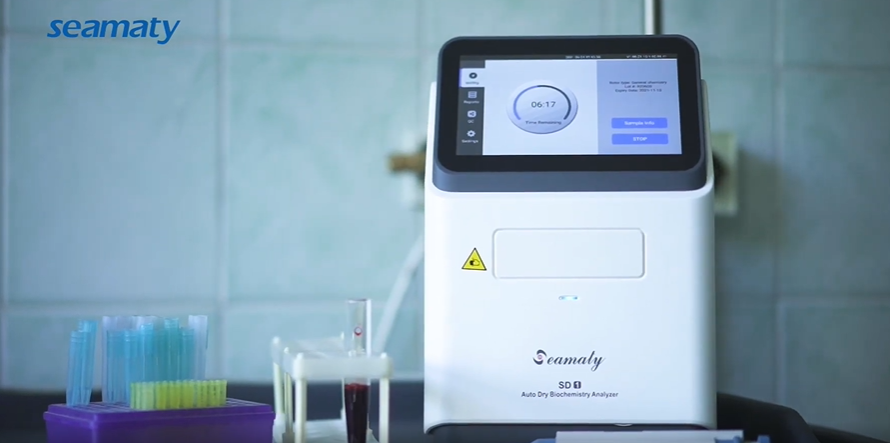
2022-06-29
An automated analyzer is a machine that automatically performs complex chemical analyses of substances. The machine does this by using a variety of techniques,

2021-12-29
Veterinary biochemical testing is the testing of multiple chemical components within a sample. The levels of these chemicals reflect many conditions in various organs of the body. Most veterinary biochemical tests measure blood electrolytes and assist in the diagnosis of liver, kidney and pancreatic disease.